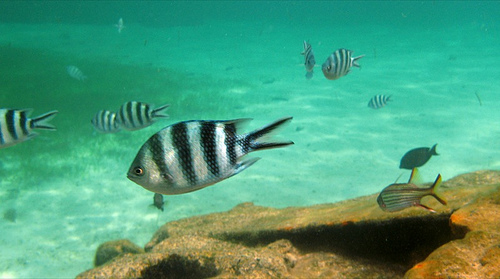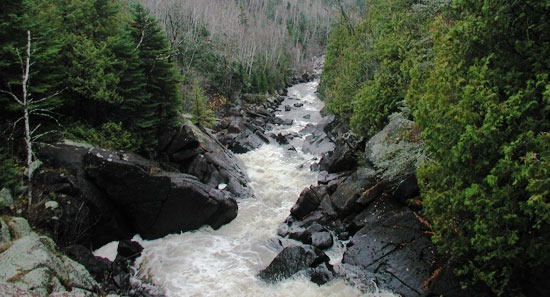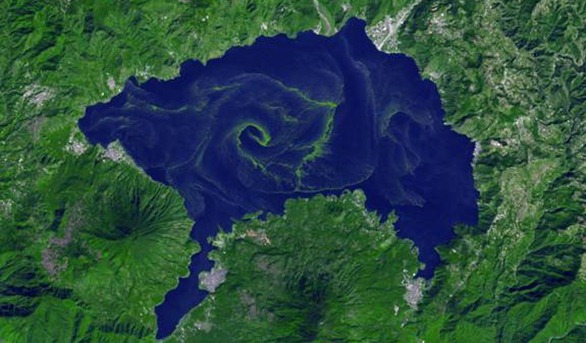Unidentified compound feminizes male fish in Lake Erie, according to four-year study
1
A recent study of zebrafish in Lake Erie indicates that blue-green algae produce a potential endocrine disruptor.
New research suggests that algal blooms in Lake Erie may be contaminating the environment with an estrogen-like compound that disrupts reproductive hormone activity in fish. A four-year study conducted by the University of Tennessee Knoxville concluded that the unknown organic chemical, which is suspected to be an endocrine disruptor, appears to be feminizing male fish in the region and as a result should be tested as part of future environmental monitoring programs for Lake Erie.
“That may sound a little strong, putting a new policy in place based on one study. But there’s no harm in testing now for something as problematic as endocrine disrupters in the water,” said Ted Henry, the UT professor who oversaw the research. “There is a lot more going on here than just the toxin in this algae. There needs to be more work done to establish under what conditions the algae produces these substances and how dangerous they are, that’s for certain.”
The compound has yet to be isolated and named, but researchers concluded it is an endocrine disruptor by comparing groups of larval zebrafish exposed to Microcystis cells with those exposed to only a well-studied toxin the cells produce. The findings were that only the fish in contact with the blue-green algal cells tested positive for estrogenic biomarker.
“The induction of these genes is consistent with presence of an estrogen, and it is possible that many adverse affects may occur in fish populations,” Henry said. “From physical feminization of male fish to behavioral changes, increased environmental estrogen levels can impact male territorial defending and even their nest-building habit.”
Blooms of blue-green algae, thought to be caused by a combination of high temperatures and pollution from excess nitrogen and phosphorus, were prevalent last summer. Intense blooms appeared in numerous lakes across the country, especially in the Great Lakes region and Lake Erie in particular, and led to several no contact advisories.
The algae release liver and nerve toxins harmful to wildlife and humans. And now it appears there is more cause for concern, as the algal blooms could cause even more harm than once believed.
Researchers link algae to harmful estrogen-like compound in water [PHYSORG] Toxic algae in Lake Erie might also carry estrogenlike chemical affecting fish reproduction, report says [The Plain Dealer]
Image Credit: http://www.flickr.com/photos/rumpleteaser/2217651219/














Informative and excellent effort in the field of biology